Day 9: Over the Mountain Passes to Phobjikha Valley
After the dramatic night drive into Bumthang, today's journey over the high mountain passes felt almost tame in comparison—though crossing elevations exceeding 3,400 meters is never entirely routine. With Yoda skillfully navigating the winding roads, we had the luxury of actually enjoying the journey rather than white-knuckling it through the darkness.
Trongsa Dzong: The Fortress of Power
The stop at Trongsa Dzong was the journey's cultural centerpiece, and it's a fortress that more than lives up to its dramatic setting.
Trongsa Dzong was founded in 1644 by Shabdrung Ngawang Namgyal's great-grandfather, Chögyal Minjur Tempa. However, it was greatly expanded in 1648 by Shabdrung Ngawang Namgyal himself, the lama who unified Bhutan. The dzong's position is no accident—it commands the only route connecting eastern and western Bhutan, making it arguably the most strategically important fortress in the country's history.
The dzong earned the nickname "the fortress that can be seen from all directions" due to its dramatic perch on a spur overlooking the gorge of the Mangde Chhu river. Before Bhutan's monarchy was established in 1907, controlling Trongsa Dzong meant controlling Bhutan. In fact, both the first and second kings of Bhutan served as Trongsa Penlop (governor) before ascending to the throne, establishing a tradition that continues symbolically today—the Crown Prince traditionally holds the title of Trongsa Penlop.
The architectural photography was spectacular. The dzong is a masterpiece of Bhutanese architecture, with its multiple levels cascading down the hillside, connected by narrow passages and steep steps.
The willing monks posing for portraits added wonderful human elements to the architectural shots—their maroon robes providing perfect colour contrast against the whitewashed walls and traditional woodwork.
Phobjikha Valley
We arrived in the glacial valley of Phobjikha (also spelled Phobjika) with time to settle in before dark—always a bonus after a long mountain drive. The rural hotel with log burners was perfect for the valley's cool evening temperatures at this elevation.
I was reminded of New Zealand and Phobjikha has that same quality of a high, pristine valley ringed by mountains, with a remote, end-of-the-road feeling. The valley is actually a designated conservation area, famous as the winter home of black-necked cranes that migrate from Tibet (though they typically arrive in late October/early November and stay until March).

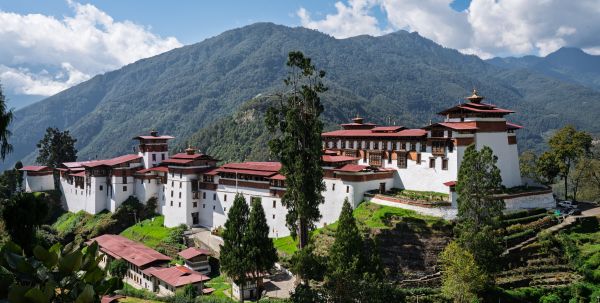
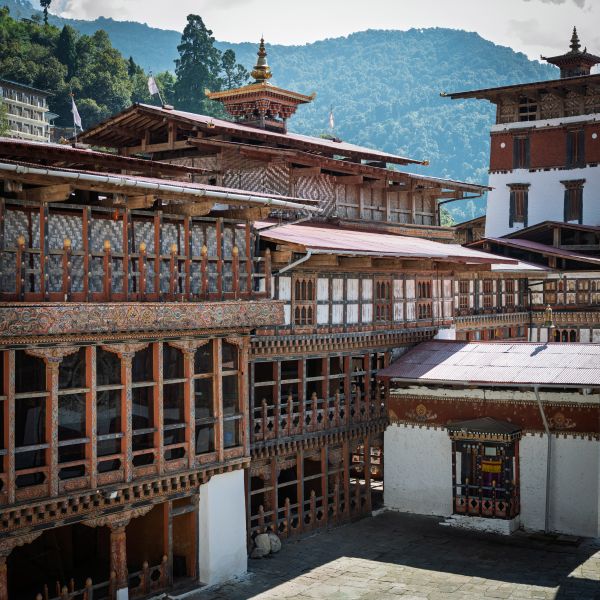
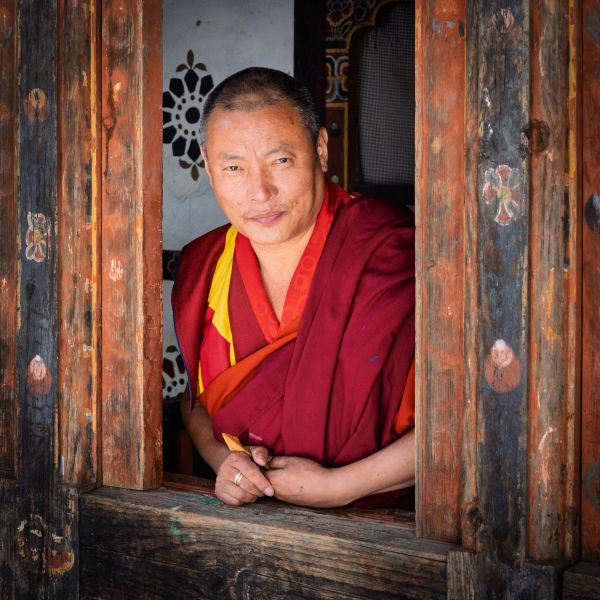
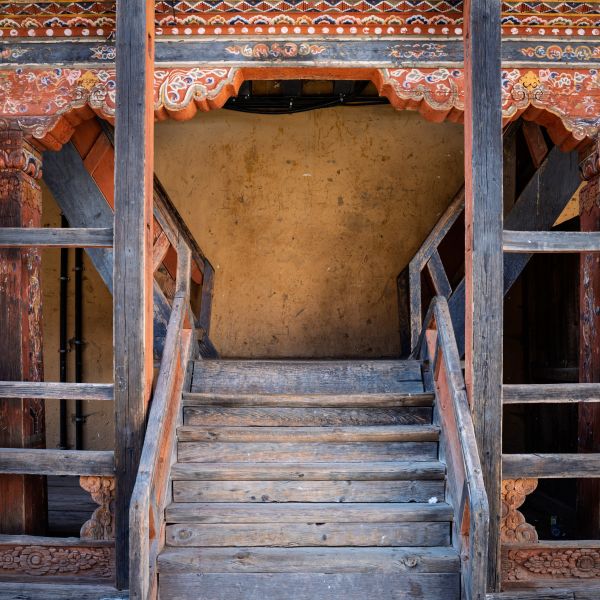
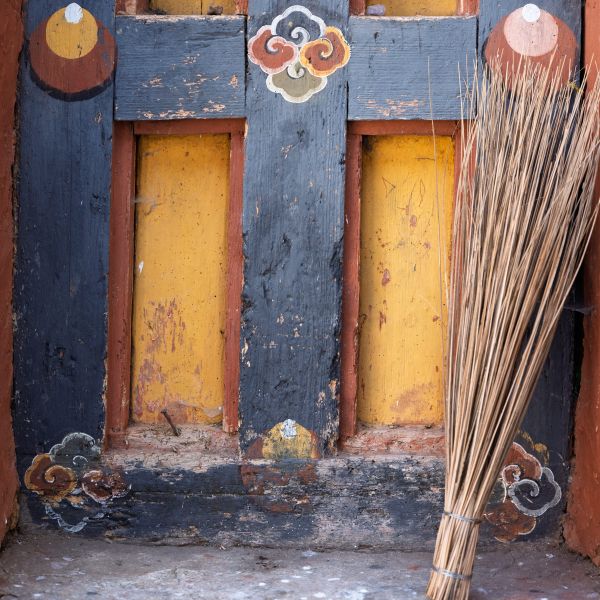
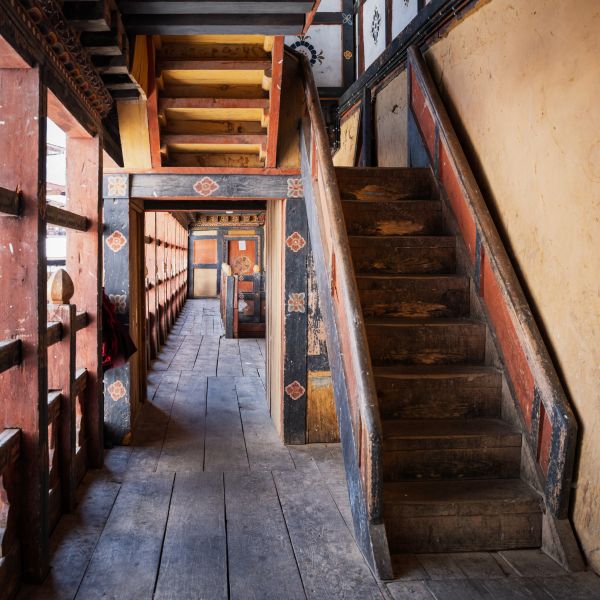
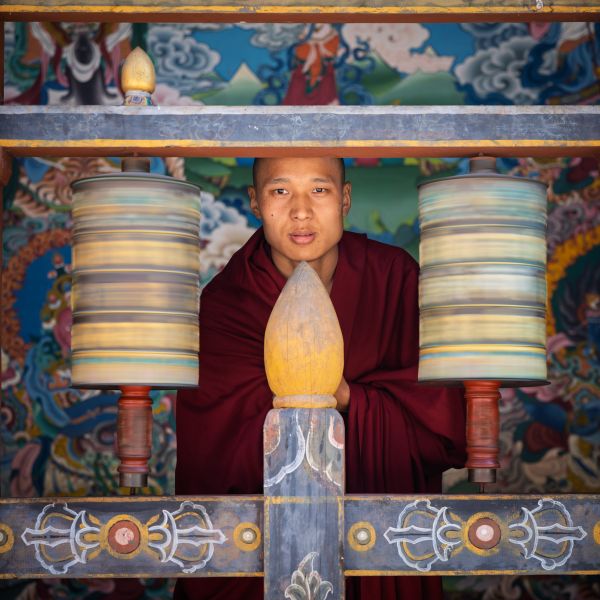
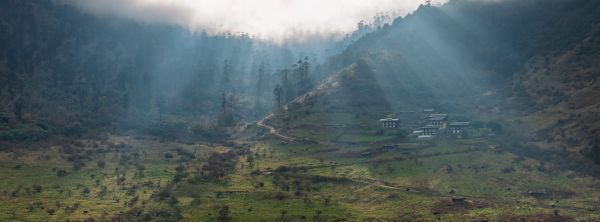
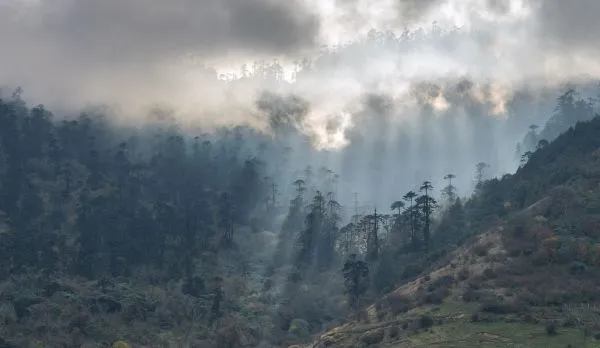
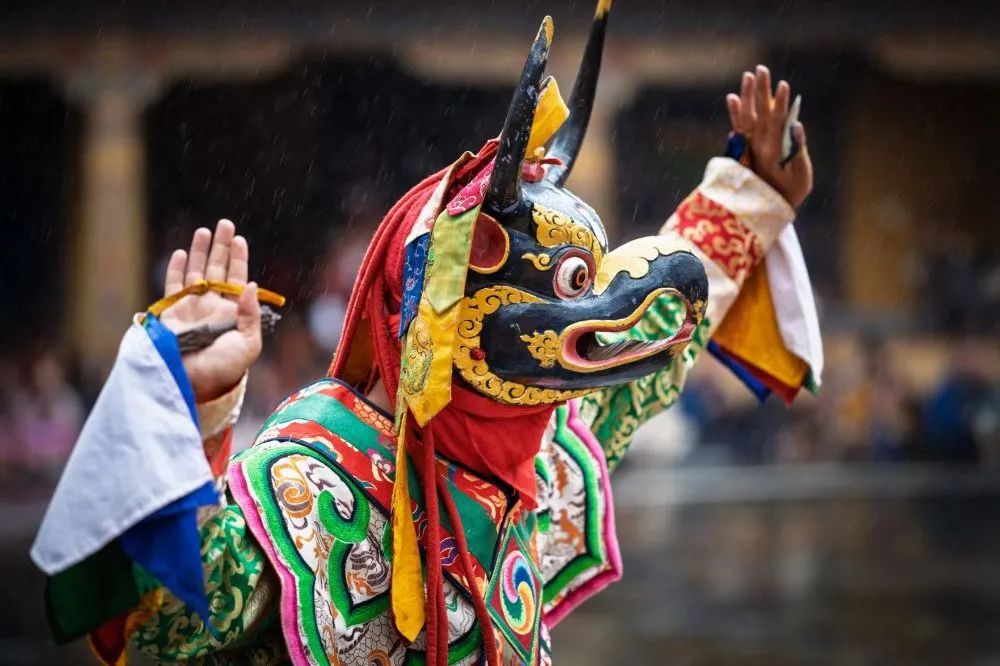
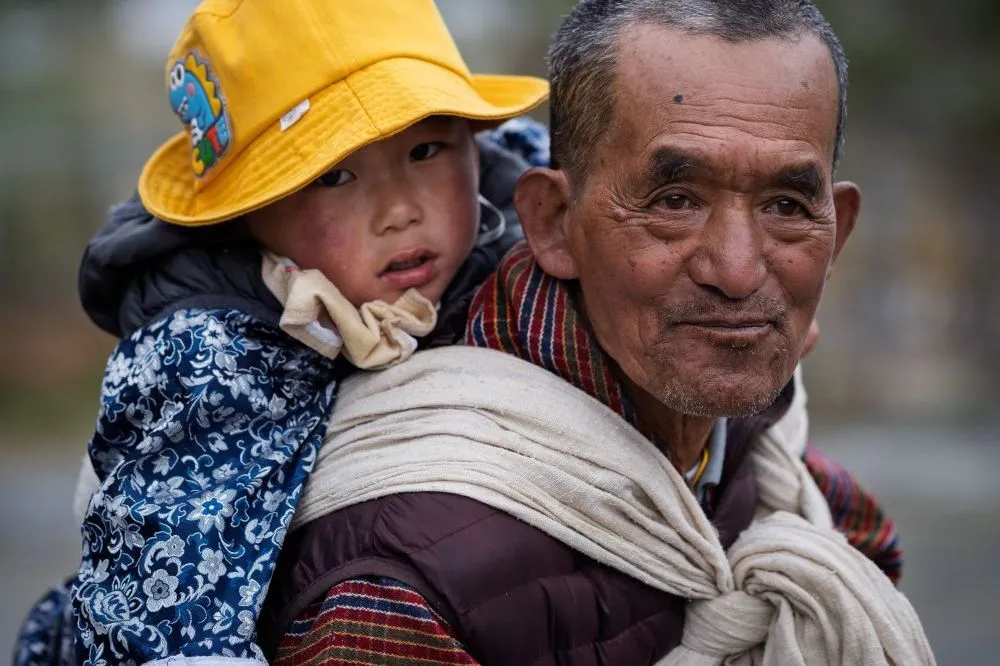
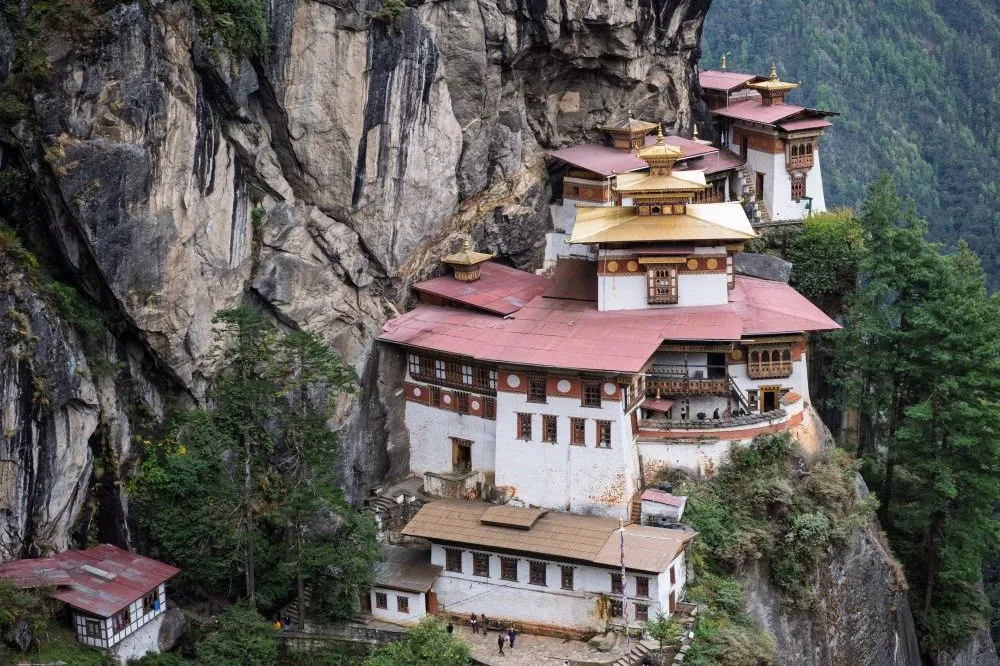
Leave A Comment
Please submit your comment below. No registration required.